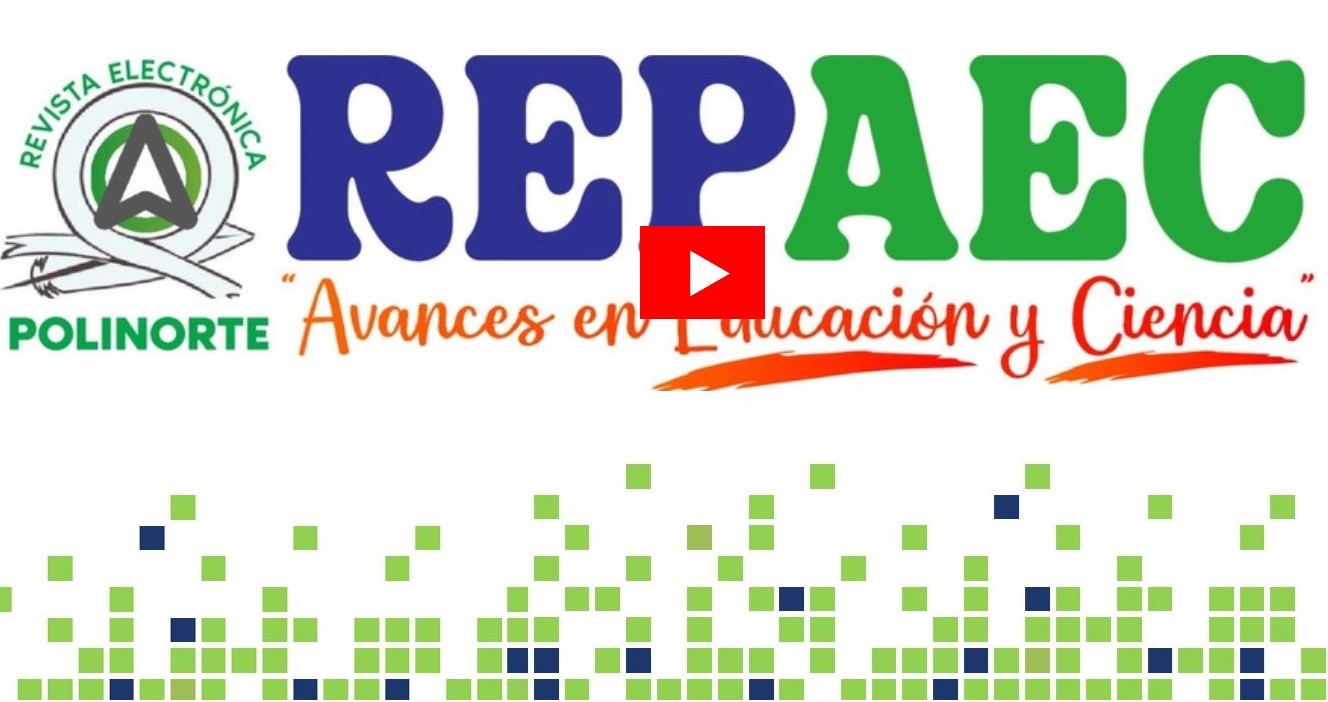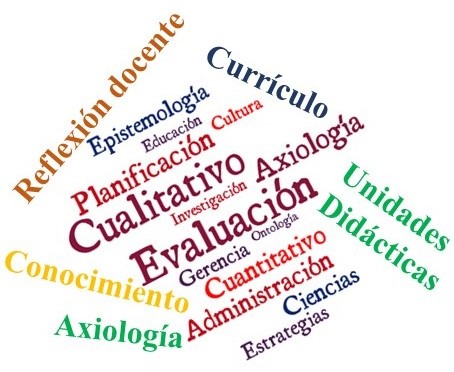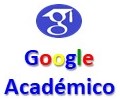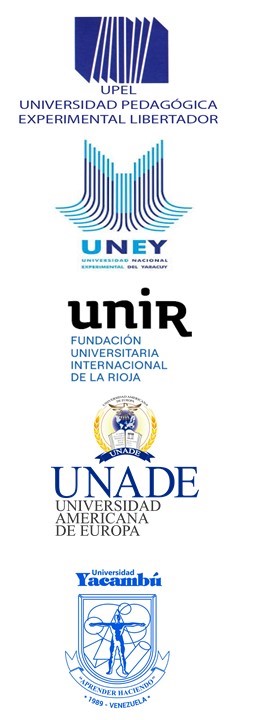Multiple intelligences and academic performance in first-semester university students in virtual education
Keywords:
Virtual education, University student, Multiple intelligences, Academic performanceAbstract
Multiple intelligences have been widely studied; however, their relationship with academic performance in virtual university training has little been explored in Colombia. Therefore, this research aimed to analyze the relationship between multiple intelligences and academic performance in virtual education for first-semester university students. The methodology was developed under a quantitative, descriptive-correlational and non-experimental approach. 135 students participated, who completed the Multiple Intelligences questionnaire, whose academic performance was provided by UNAD through the grade centralizer. Kolmogorov-Smirnov and Shapiro-Wilk normality tests and Spearman's rho statistic were applied. The results showed a non-normal distribution and no statistical significance at the 0.01 or 0.05 levels between the variables. It is concluded that there is no statistically significant relationship between multiple intelligences and academic performance. It is suggested to continue researching in this area.
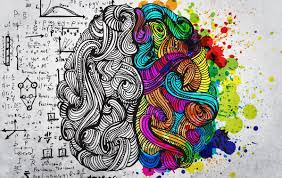
Downloads
Published
Issue
Section
License

This work is licensed under a Creative Commons Attribution-ShareAlike 4.0 International License.
Eres libre de:
- Compartir: copiar y redistribuir el material en cualquier medio o formato para cualquier propósito, incluso comercial.
- Adaptar: mezclar, transformar y desarrollar el material para cualquier propósito, incluso comercial. El licenciante no puede revocar estas libertades siempre que usted cumpla con los términos de la licencia.
En los siguientes términos:
- Atribución : debe otorgar el crédito correspondiente , proporcionar un enlace a la licencia e indicar si se realizaron cambios . Puede hacerlo de cualquier manera razonable, pero no de ninguna manera que sugiera que el licenciante lo respalda a usted o a su uso.
- ShareAlike — Si remezclas, transformas o construyes sobre el material, debes distribuir tus contribuciones bajo la misma licencia que el original.

